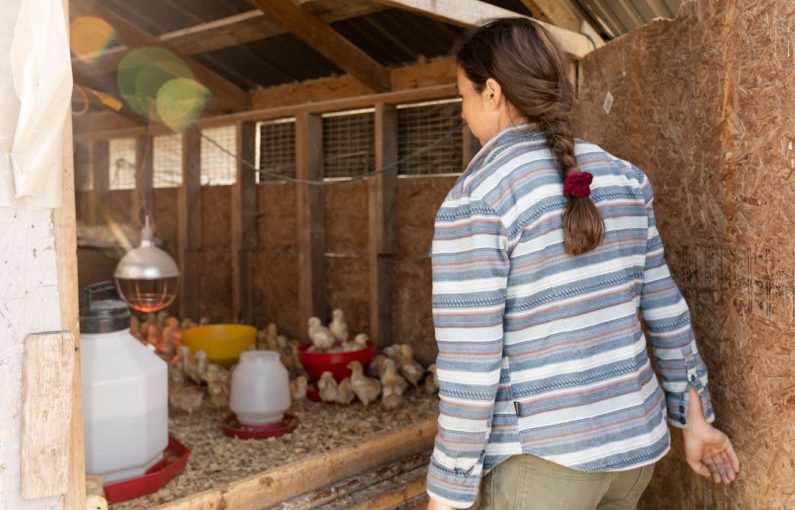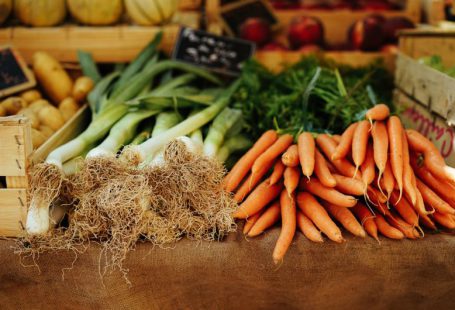In recent years, the detrimental effects of conventional agriculture on our planet have become increasingly apparent. From soil degradation and water depletion to greenhouse gas emissions and biodiversity loss, the current industrial food system is not sustainable in the long run. However, there is a growing movement that offers a glimmer of hope – regenerative agriculture. This holistic approach to farming not only aims to sustainably produce food but also seeks to heal the Earth in the process.
The Principles of Regenerative Agriculture
Regenerative agriculture is not a one-size-fits-all solution but rather a set of principles that can be adapted to different farming practices and environments. At its core, regenerative agriculture focuses on improving soil health, increasing biodiversity, and enhancing ecosystem services. By mimicking the natural processes found in healthy ecosystems, regenerative farmers aim to work with nature rather than against it.
Soil Health as the Foundation
Central to regenerative agriculture is the notion that healthy soil is the foundation of a thriving farm ecosystem. Conventional farming practices, such as tilling and heavy pesticide use, have led to a decline in soil health, resulting in erosion, nutrient depletion, and loss of soil structure. In contrast, regenerative farmers prioritize building soil organic matter, fostering beneficial soil microorganisms, and minimizing soil disturbance. Healthy soils not only support crop growth but also have the capacity to sequester carbon from the atmosphere, playing a crucial role in mitigating climate change.
Biodiversity for Resilience
Another key principle of regenerative agriculture is promoting biodiversity on the farm. Diverse cropping systems, cover crops, and hedgerows not only provide habitat for beneficial insects and wildlife but also help to break pest cycles and improve soil fertility. By cultivating a diverse range of plant species, regenerative farmers create a more resilient ecosystem that is better equipped to withstand pests, diseases, and extreme weather events. In this way, biodiversity is not only a means of enhancing ecosystem services but also a form of natural insurance against agricultural risks.
Enhancing Ecosystem Services
Regenerative agriculture goes beyond sustainable food production and aims to enhance the overall health of the farm ecosystem. By integrating livestock, rotating crops, and incorporating agroforestry practices, regenerative farmers can increase the efficiency of nutrient cycling, reduce the need for external inputs, and create a more self-sustaining agricultural system. These practices not only benefit the environment but also contribute to the long-term viability and profitability of the farm.
The Role of Regenerative Agriculture in Climate Change Mitigation
One of the most pressing challenges of our time is climate change, and agriculture is both a contributor to and a potential solution for reducing greenhouse gas emissions. Regenerative agriculture has the potential to sequester carbon from the atmosphere and store it in the soil, thereby helping to mitigate climate change. By adopting practices such as no-till farming, cover cropping, and rotational grazing, regenerative farmers can increase the amount of carbon stored in the soil, effectively turning farms into carbon sinks. This not only helps to offset agricultural emissions but also offers a tangible pathway towards a more sustainable future.
Empowering Farmers and Communities
Regenerative agriculture is not just about farming practices; it is also about empowering farmers and communities to take control of their food systems. By prioritizing local and regenerative food production, consumers can support farmers who are working towards a more sustainable and equitable food system. Additionally, regenerative agriculture can create opportunities for small-scale farmers, improve food security, and foster connections between producers and consumers. By investing in regenerative agriculture, we can not only heal the planet but also build more resilient and thriving communities.
Regenerative Agriculture: A Pathway to a Sustainable Future
In conclusion, regenerative agriculture offers a promising pathway towards a more sustainable and resilient food system. By prioritizing soil health, biodiversity, and ecosystem services, regenerative farmers are not only producing food but also healing the planet in the process. Through regenerative agriculture, we have the opportunity to address key environmental challenges, such as climate change and biodiversity loss, while also creating more vibrant and equitable food systems. By supporting regenerative agriculture, we can all play a role in shaping a healthier and more sustainable future for generations to come.





